The views expressed in our content reflect individual perspectives and do not represent the authoritative views of the Baha'i Faith.
Corsicana is located in Navarro County some 58 miles south of Dallas, Texas. Founded in 1848 by Jose’ Antonio Navarro and named for the French Mediterranean island of Corsica, the town has a population of some 24,000 residents, 58% of which are white, 20.9% African American, and 31.1% Latino or Hispanic.
With an assortment of gift and antique stores; a coffee shop, and a diner, the city reflects the clichéd charm of small town America. Locals greet you politely as they walk by; street lights blink off and on with mechanical regularity but with few cars to mind their direction; small storefront churches serving the city’s poorer residents occupy several buildings and stand in stark contrast to the gothic spires and elaborate stained glass windows of the wealthier congregations across town. Corsicana has a mechanic; a few auto parts stores; and a couple of performance venues, one of which proudly displays promotional posters for the forthcoming Blues Brothers Review and a production of Driving Miss Daisy.
Main Street and a busy rail line bisect the city, separating the white community of the west side—a mixture of city transplants from Dallas, and second or third generation residents, from the African American community of the east side—working class descendants of the county’s enslaved black populace, brought in to harvest the vast cotton fields of southeast Texas. The west side boasts the stately homes of the pre-Civil War and Victorian eras meticulously restored to their original grandeur, and inhabited nearly exclusively by Corsicana’s white residents—an enduring reality. The east side, blighted by the legacy of slavery; Jim Crow, and anemic economic investment, bears the disfiguring scars of poverty and neglect: abandoned houses; the rusting carcasses of old cars; dirt yards that once supported thriving business and family homes.
The contrast between the ‘two’ Corsicana’s is striking—but in an America still suffering from the bitter inheritance of racism—it is strangely, heartbreakingly, devastatingly common.
I spent the month of February here on Beaton Street—in the heart of the downtown corridor—as an artist in residence, occupying the top floor of an old industrial building that once served as the meeting place for the Corsicana branch of the Ku Klux Clan. I spent the month of February wedged between worlds—between realities—between histories.
It was on an early afternoon walk that I first encountered the “gorilla in the cage.” A friend told me about the “incarcerated, grinning black ape” in a playground facing the busy street of Oaklawn, but I needed to see it for myself. The statue sits in a steel cage facing the main road across the street from the community YMCA. His right arm is outstretched as though he were waving, and his broad grin is accentuated by a pair of full red lips.
The gorilla’s gesture and the facial expression seemed buffoonish to me, but in the context of the overall theme of the park—a collection of playful animal sculptures—plausible. But the placement of the sculpture within a cage—in effect incarcerating him—recasts it as a visual trigger tethered to a history of demeaning images associated with criminality and the objectification of the black body.
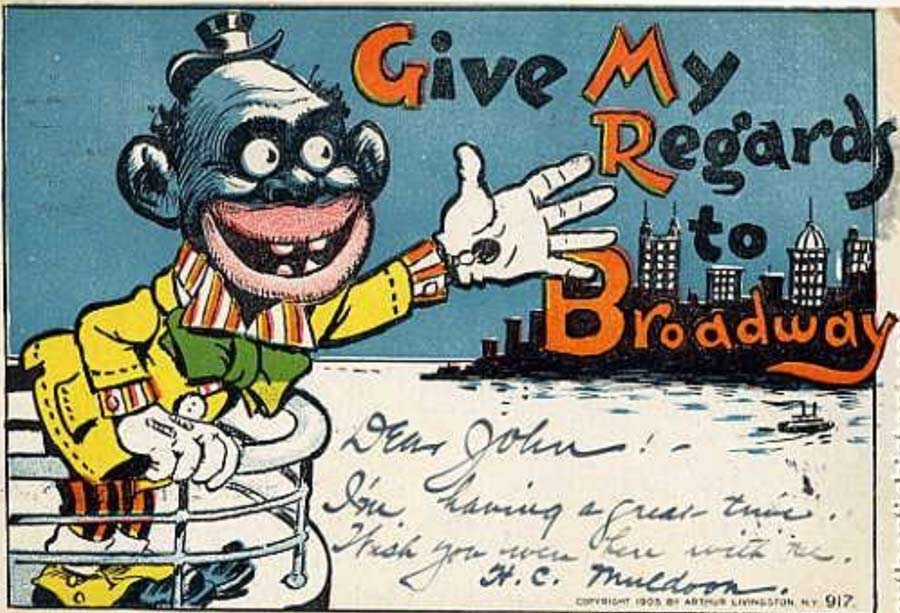
Postcard from 1905. Cartoon depicts a stereotypical caricature of a black-faced person gesturing to the New York City skyline from the back of a ship or ferry, with the caption being the title of the hit George M. Cohen song of 1904, “Give My Regards to Broadway”.
American popular culture is replete with caricatured depictions of African Americans, including the perverse representation of black people as apes. The early 20th century film Birth of a Nation—American cinema’s first blockbuster—did much to cement the image of the marauding, lustful black brute in the minds of many white Americans eager to believe such grotesque and fallacious representations. The portrayal of Tarzan Lord of the Jungle, as a patronizing white savior to ‘backward’ African tribes; the nightmarish figure of King Kong kidnapping a virginal white woman, as well as countless other examples gave rise to a racist mythology which associated African Americans with a primal, uncontrollable impulse that needed to be suppressed to preserve the dignity of a “civilized” society.
Racialized police brutality, the violence visited upon black communities by the Klan, and the institutionalized segregation of public spaces are but a few examples of the power of images to influence thought, determine governmental policies, and shape perception.
As I stood there looking at the gorilla in a cage in the afternoon light, I thought of the countless individuals—many African American—who had no doubt driven by or walked through the park. I thought of the coded messages objects can elicit—some noble and some demeaning. I thought of the extraordinary individuals I met during my time in Corsicana: the elderly African American woman whose warm and inviting face turned somber when I asked her about the statue; the irrepressible commitment of an older white gentleman who has worked to build equitable relationships across cultural lines; the courageous public servant who took a stand on principle only to be derided by some members of the community more concerned with tradition than with safeguarding the dignity and well being of their neighbors.
I thought of the tremendous responsibility we all share when we send something into the world, and how, once a prolonged association has been made between a symbol and what it signifies, it is nearly impossible to unhinge it from that frame of meaning. I thought of my own odyssey through an adolescence bombarded with negative images of black men and how I often felt as though I were swimming upstream against a current that I did not fully understand or appreciate. I thought of the many hands that supported me when the undertow threatened to claim me.
Then I thought of the redemptive words of the Baha’i writings, which lifted me above troubled waters, endowed me with a new sense of self, and placed my feet on higher ground:
Thou art dark in countenance and bright in character. Thou art like unto the pupil of the eye which is dark in color, yet it is the fount of light and the revealer of the contingent world. – Abdu’l-Baha, Selections from the Writings of Abdu’l-Baha, p. 114.
This staggering statement by Abdu’l-Baha, the son of Baha’u’llah and his appointed successor as the leader of the Baha’i Faith, negates the derogatory images of people of African descent by comparing them to the source of light.
Baha’is believe that because these words were articulated by Abdu’l-Baha, the Center of Baha’u’llah’s Covenant, they are invested with a unique potency that has the power to nullify the slander and benign neglect of an abusive and indifferent world. That potency strips demeaning images of their power to shape self perception and renders in astonishing beauty the true nature of people of African descent.
O Children of Men! Know ye not why We created you all from the same dust? That no one should exalt himself over the other. Ponder at all times in your hearts how ye were created. Since We have created you all from one same substance it is incumbent on you to be even as one soul, to walk with the same feet, eat with the same mouth and dwell in the same land, that from your inmost being, by your deeds and actions, the signs of oneness and the essence of detachment may be made manifest. Such is My counsel to you, O concourse of light! Heed ye this counsel that ye may obtain the fruit of holiness from the tree of wondrous glory. – Baha’u’llah, The Hidden Words, p. 20.
Empowered by the truth of these words, the symbolically-loaded statue of the gorilla held no dominion over me. But I also knew about the social history of symbols and the psychic damage some have caused, and because of that I had a moral responsibility to myself, to the local community, the national, and indeed the global community to seek justice. Most importantly, I had a responsibility to God:
The light of men is Justice. Quench it not with the contrary winds of oppression and tyranny. The purpose of justice is the appearance of unity among men. The ocean of divine wisdom surgeth within this exalted word, while the books of the world cannot contain its inner significance. – Baha’u’llah, Tablets of Baha’u’llah, pp. 66-67.
In the next article in this series I will share what happened when a casual conversation lead to a public action, and the firestorm that ignited as a result.


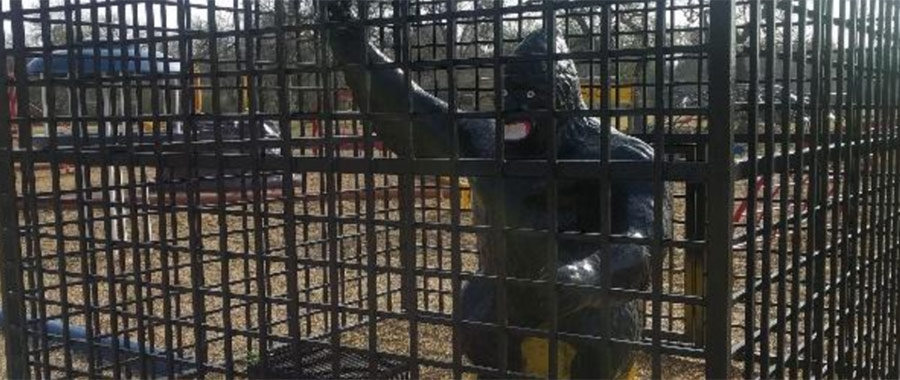
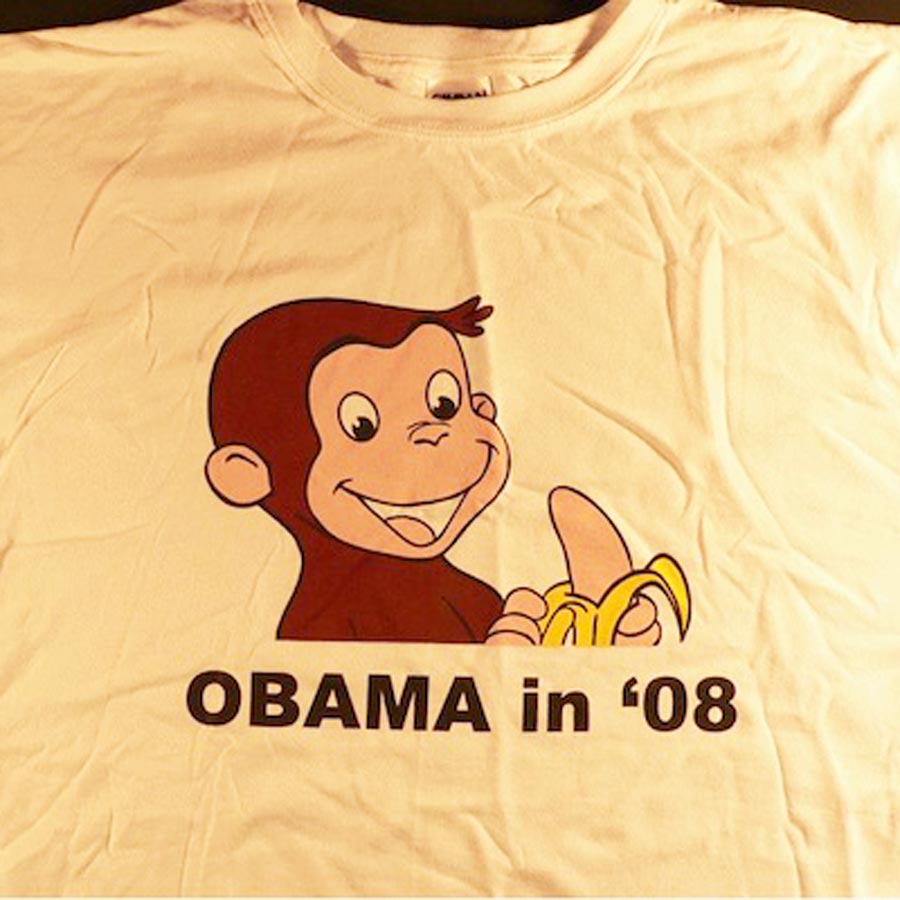



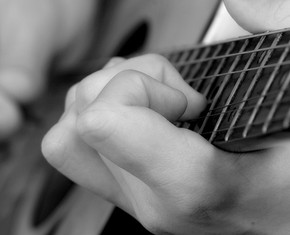
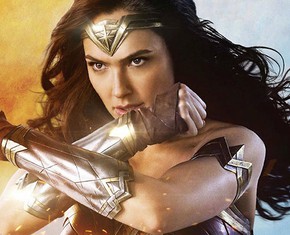









Comments
Sign in or create an account
Continue with Googleor